Jarndyce and Jarndyce
description: fictional court case created by Charles Dickens
14 results
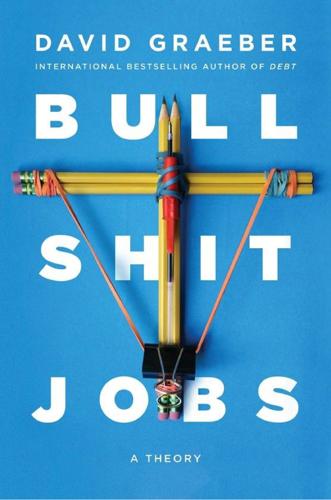
Bullshit Jobs: A Theory
by
David Graeber
Published 14 May 2018
An insurance company that insured the bank against losses on fraud activities in the first place? Of course, ultimately it would be the consumer and taxpayer who pay; all these companies need to know is how to milk it. As long ago as 1852, Charles Dickens, in Bleak House, was already making fun of the legal profession with the case of Jarndyce and Jarndyce—in which two teams of barristers keep the battle over a huge estate alive for more than a lifetime, until they’ve devoured the whole thing, whereupon they simply declare the matter moot and move on. The moral of the story is that when a profit-seeking enterprise is in the business of distributing a very large sum of money, the most profitable thing for it to do is to be as inefficient as possible.
…
After all, if all he did was shake the writer’s hand and allow her to get to work, there’d be little point of having an Executive Creative Vice President to begin with—let alone five or six of them. In other words, film and TV production is now not all that entirely different from the accountancy companies mis-training employees to stall the distribution of PPI payments, or Dickens’s case of Jarndyce and Jarndyce. The longer the process takes, the greater the excuse for the endless multiplication of intermediary positions, and the more money is siphoned off before it has any chance to get to those doing the actual work. Oscar: And all this for a (now) fifteen-page document. Now, extrapolate that to more people, a script, a director, producers, even more executives, the shoot, the edit—and you have a picture of the insanity of the industry.
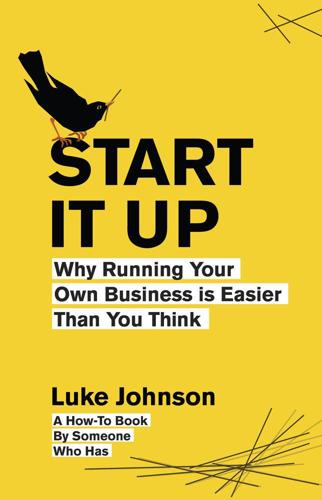
Start It Up: Why Running Your Own Business Is Easier Than You Think
by
Luke Johnson
Published 31 Aug 2011
I can recommend the 2008 movie Flash of Genius, based on an article (also now a book) by John Seabrook. It tells the true story of Bob Kearns, the professor who pioneered the intermittent windscreen wiper for cars. He showed it to the Ford Motor Company in 1969, but subsequently entered into interminable litigation with it, almost reminiscent of Jarndyce and Jarndyce in Charles Dickens’s Bleak House. More than twenty years later, he settled for $10.2 million, but only after legal action had taken over his life. Unfortunately, patent infringement is a fact of life for inventors. Sir James Dyson, inventor of the bagless vacuum cleaner, talks in his autobiography Against The Odds (Orion, 1997) about various lawsuits against both Hoover and Amway.
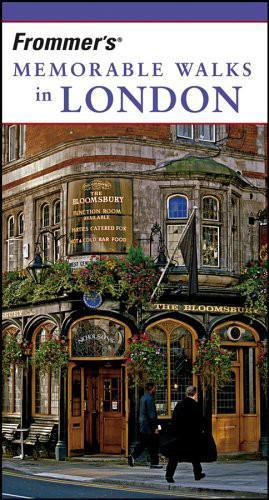
Frommer's Memorable Walks in London
by
Richard Jones
Published 2 Jan 1998
From 1737 to 1875, the hall housed the High Court of Chancery, England’s court of finance and property, when the main court in Westminster Hall was on holiday. Dickens had worked as a court reporter at the Court of Chancery and disliked the place. The Old Hall and the Court of Chancery were targeted by Dickens’s vitriolic pen in Bleak House, which told of the trial of Jarndyce v. Jarndyce, a case that had begun so long ago that no one could remember what it was about: “This is the Court of Chancery; which has its decaying houses and its blighted lands in every shire; which has its worn-out lunatic in every madhouse, and its dead in every churchyard; which has its ruined suitor, with his slipshod heels and threadbare dress, borrowing and begging through the round of every man’s acquaintance; which gives to monied might the means abundantly of wearying out the right; which so exhausts finances, patience, courage, hope; so overthrows the brain and breaks the heart; that there is not an honourable man among its practitioners who would not give—who does not often Dickens’s London • 33 give—the warning, ‘Suffer any wrong that can be done you, rather than come here!’”
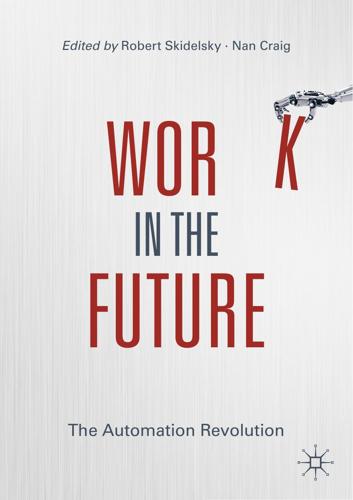
Work in the Future The Automation Revolution-Palgrave MacMillan (2019)
by
Robert Skidelsky Nan Craig
Published 15 Mar 2020
I got one testimony from someone who worked for one of the big five accountancy firms that was handling Payment Protection Insurance (PPI) distributions, who said the company was intentionally training people wrong, putting offices in the wrong cities, destroying documents so they had to be created again, all because they knew that longer it took to distribute the money, the more of it they kept. It is a little bit like Jarndyce and Jarndyce in Bleak House. You want to have layers and layers of unnecessary bureaucracy if you are running a basically top-down redistribution of the economy, rather than one that’s primarily organized around industrial production; the more you have financialization the more this kind of inefficiency pays.
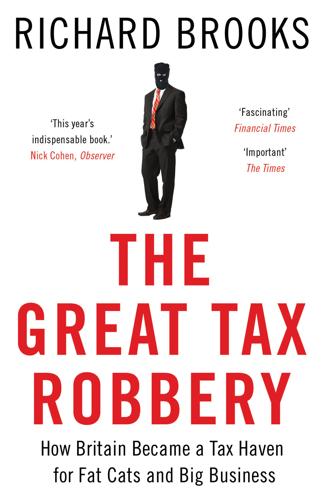
The Great Tax Robbery: How Britain Became a Tax Haven for Fat Cats and Big Business
by
Richard Brooks
Published 2 Jan 2014
The Revenue, Vodafone’s lawyers complained to a tax tribunal, could not even ask about the tax return of Rapidwave, by now renamed ‘Vodafone 2’, and its Luxembourg subsidiary or its Swiss branch. The laws that would defeat its scheme, they said, contravened the founding European Treaty and the taxman’s enquiry should be strangled at birth. An epic, Jarndyce v. Jarndyce level legal battle ensued, as the tribunal referred the knotty European law questions governing the matter to the European Court of Justice in Luxembourg. But this referral was itself appealed by the Revenue, which thought that even if the law was uncertain it still had cause enough to ask Vodafone to turn out its filing cabinets.
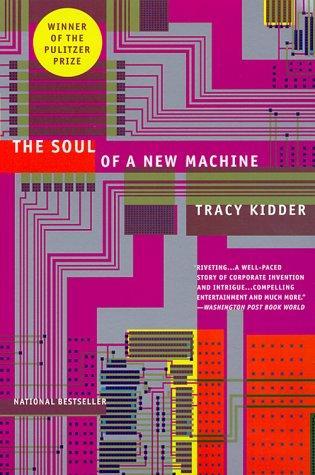
The Soul of a New Machine
by
Tracy Kidder
Published 1 Jan 1981
Firms fought over patents, marketing practices and employees, and once in a while someone would get caught stealing blueprints or other documents, and for these and other reasons computer companies often went to court. IBM virtually resided there. Everyone sued IBM, it seemed. The biggest suit, the Jarndyce v. Jarndyce of the industry, involved the Justice Department's attempt to break up IBM. Virtually an entire large law firm was created to defend IBM in this case, which by 1980 had run ten years and had been in continuous trial for several. Data General took its place in this bellicose land of opportunity in 1968, as a "minicomputer company."
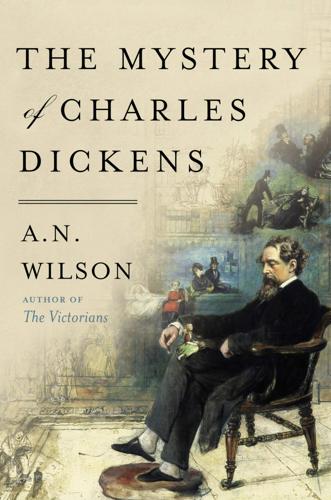
The Mystery of Charles Dickens
by
A. N. Wilson
Published 3 Jun 2020
It is not an original thing to say. G. K. Chesterton, more than a hundred years ago, wrote, ‘Dickens was a mythologist rather than a novelist; he was the last of the great mythologists and perhaps the greatest.’14 There was no need for him to write a detailed documentary about the law. The Case of Jarndyce and Jarndyce, and the fog-bound Court of Chancery, a mythologized version of the ‘real’ thing, spoke louder than what is normally meant by satire. Likewise, the Circumlocution Office and Sir Tite Barnacle, the mythologized version of bureaucracy. Because mythology, we can see it everywhere in post-Dickensian settings, which are quite different from Victorian society.
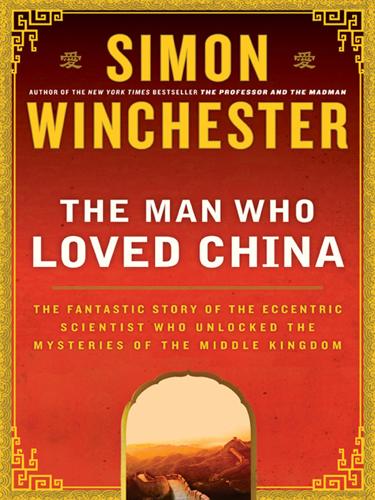
The Man Who Loved China: The Fantastic Story of the Eccentric Scientist Who Unlocked the Mysteries of the Middle Kingdom
by
Simon Winchester
Published 1 Jan 2008
She died intestate, and though Needham tried to make certain that his late wife’s wish—that the bulk of her estate go to the charitable trust—was fully honored, he had his lawyers fire off a barrage of letters to the various aunts and uncles and in-laws who had written so importunately from China, Canada, and New York state, rejecting most of their requests. Some claims, however, were still unsettled nearly two decades later, in 2007, and were being painstakingly handled by Lu’s executors. The outstanding cases have been of a complexity and a duration to rival Jarndyce vs. Jarndyce. It is grimly supposed by many that the lawyers, working at a glacial rate, will consume an all too large portion of the remaining proceeds. Yet there was a curious reason Lu did not make a will. In the late 1970s and early 1980s, work on the book was proceeding in a way that some critics found puzzling.
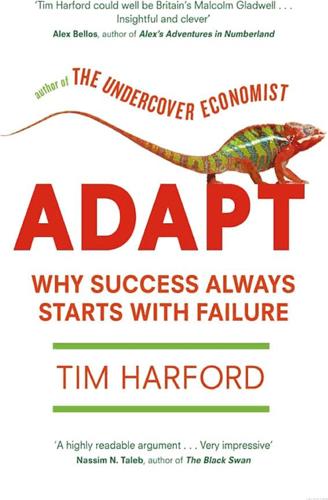
Adapt: Why Success Always Starts With Failure
by
Tim Harford
Published 1 Jun 2011
Regulators should have the authority to rule on ambiguities quickly. Of course, fairness is important when billions of dollars are at stake – but when a bank goes bankrupt, the worst possible decision is indecision. The physical economy can be paralysed by the tangle of claims against the banks – like some modern-day equivalent of Jarndyce and Jarndyce, the inheritance dispute in Charles Dickens’s Bleak House, which dragged on for so long that legal fees consumed the entire estate and none of the relatives got a penny. Regulators also need the authority to take over banks or other financial institutions and quickly restructure them. As Tony Lomas discovered, international banks splinter into national banks as they die, so this kind of authority would need international agreement.
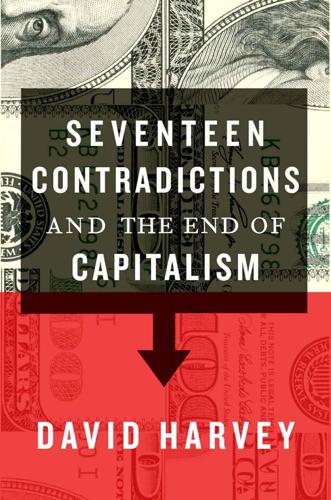
Seventeen Contradictions and the End of Capitalism
by
David Harvey
Published 3 Apr 2014
To prevent this, a bill was passed in 1800 limiting trusts to twenty-one years. Thelluson’s will was contested by his immediate heirs. When the case was finally decided in 1859, after many years of active litigation, it turned out that the entire legacy had been absorbed by legal costs. This was the basis for the celebrated case of Jarndyce versus Jarndyce in Charles Dickens’s novel Bleak House.3 The end of the eighteenth century saw a flurry of excited commentary about the power of compound interest. In 1772 the mathematician Richard Price, in a tract that later drew Marx’s amused attention, wrote: ‘money bearing compound interest increases at first slowly.
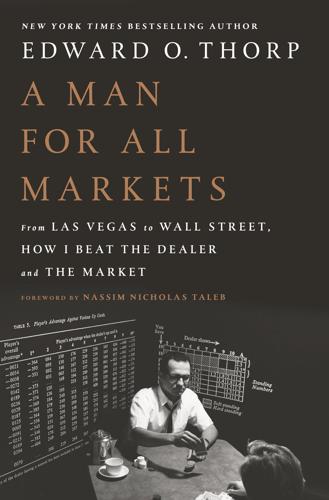
A Man for All Markets
by
Edward O. Thorp
Published 15 Nov 2016
convertible bonds The program had methods for incorporating quality deterioration and credit default risk which were, I believe, unique at the time. CHAPTER 17 I’ve got enough The New Yorker, May 16, 2005. buyers and sellers We chose a sample of ten option trades from the forty which we had not already proven to be fakes. a legal mess For the classic story of a legal mess, see Jarndyce versus Jarndyce in Bleak House by Charles Dickens. his best investment If Madoff is really gaining 20 percent a year and their best alternatives give, say, 16 percent a year, then they’re only out 4 percent a year. to destroy documents Rothfeld, Michael and Strasburg, Jenny, “SEC Accused of Destroying Files,” Wall Street Journal, August 18, 2011, page C2.
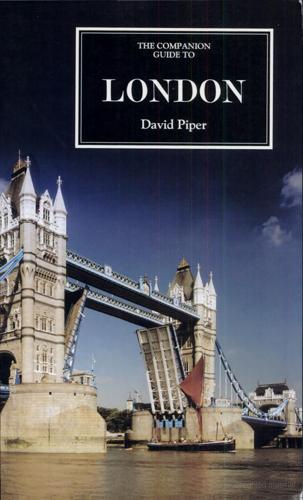
The Companion Guide to London
by
David Piper
and
Fionnuala Jervis
Published 2 Jan 1970
Through the west gate of this courtyard lie more Tudor brick buildings, and then to the south the big, very handsome New Square, of the last decade of the seventeenth century, about a big lawn with trees. Almost all solicitors’ chambers – in this courtyard Dickens worked for a bit as office-boy aged fourteen, and took so decisively against the Law: one of his most spectacular episodes, Jarndyce v. Jarndyce in Bleak House, is sited in Lincoln’s Inn Old Hall. The precinct of the Inn, relatively little touched by second war damage even if a precocious victim of the first war, can still be almost Dickensian in atmosphere, and there was a certain sort of legal person, in bowler hat, black jacket a little dusty, striped trousers concertina-ing at the ankles and over wrinkled shoes, and a general expression of pinched antique gleam, that I seemed only to see in Lincoln’s Inn.

The Taking of Getty Oil: Pennzoil, Texaco, and the Takeover Battle That Made History
by
Steve Coll
Published 12 Jun 2017
Meanwhile, Gordon Getty, the man so much at the center of the events leading up to Texaco’s expensive predicament, was himself deeply embroiled in litigation. In the Matter of the Sarah C. Getty Trust, the suit filed against him by his relatives back in November 1983, with the support of Getty Oil management, dragged on and on, resembling with increasing exactness the fictional probate suit Jarndyce v. Jarndyce described in Charles Dickens’ legal satire, Bleak House. The “family settlement” proposed in 1984, in which the vast Getty fortune would be divided into four separate trusts—one for Gordon, one for J. Paul, one for the heirs of George Getty, and one for the heirs of Ronald—was stalled by tax problems and family bickering.

740 Park: The Story of the World's Richest Apartment Building
by
Michael Gross
Published 18 Dec 2007
The motion was denied, as was another requesting that she be relieved of paying both the referee’s “confiscatory fee” and the bills submitted by court stenographers. Then the surrogate directed her to sell both the Sixty-ninth Street house and the Katonah property to pay the estate’s debts. His decision memorandum began with a reference to “prolonged and wasting” litigation that “calls to mind Jarndyce v. Jarndyce” in Charles Dickens’s Bleak House. “It is time that the executrix faces reality,” the judge said. The next accounting of the estate took another two years—and only then did Dorothea finally give in to the inevitable and sell Shearn’s two properties, as well as the house she’d bought in Bedford.